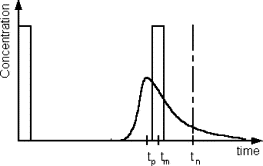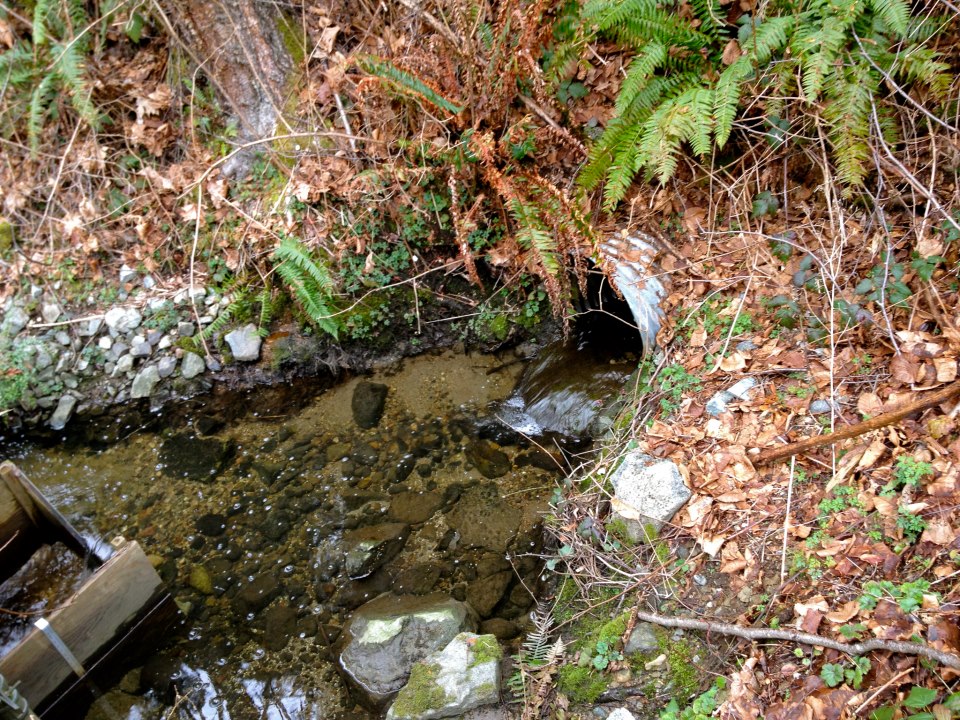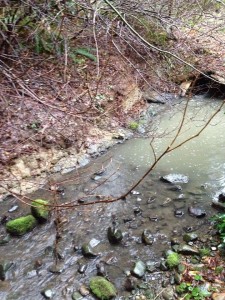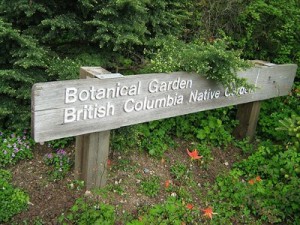Project Community
Our group has been working with two organizations for this project: UBC SEEDS and UBC Botanical Gardens.
UBC SEEDS (Social Ecological Economic Development Studies) Program, part of UBC Sustainability, began in 2000 as a result of UBC’s earlier “Greening the Campus” initiative. This program provides students with sustainability experience as they work with faculty and staff to create projects that address current, real-life sustainability issues. In addition, UBC SEEDS possesses a student library that holds over 800 student reports regarding sustainability.
Founded in 1916, UBC Botanical Garden and Centre for Plant Research is a gorgeous landmark on campus with lush greenery, exotic plants, scenic walkways, and beautiful creeks. This well-known facility covers 78 acres and has withstood many challenges, including World War II and the Great Depression. Its inspiring, rich biodiversity encourages the education and research of plants and ecology.
Our project is just a small piece in the tapestry of UBC’s sustainability objectives and the development of the Botanical Gardens, but we are nevertheless honored to partake in the process. The data and information collected from this project will feed into other SEEDS projects underway, and in the future, with related goals.
Below is a picture of the poster we completed about our project:
What We Have Learned
1. From Project Context
Before shifting attention to technical details about a project, it is essential to thoroughly understand the project context.
It is the responsibility of our CBEL team to understand the scope of influence and limitations that our system has over other systems that are connected. For example, because our project involves controlling stream water, it was crucial for us to realize the fact that our actions will mostly affect the systems downstream. Controlling the stream flow within the Botanical Garden can directly affect the rate of erosion in areas where the elevation is lower than the Garden’s. At the same time, the source of the stream water that originates from multiple locations around the university area is almost impossible to control from the Garden. Before moving to the planning stage, it was crucial for our CBEL team to identify what we can control and cannot control.
Besides the consideration for physical systems, it is essential to identify the people who are potentially affected by our project, A.K.A social systems. After consulting Doug, the Garden Manager, we were told that it is also a part of our objective to add an aesthetic appeal to the Garden in order to please visitors. If we succeed in making the garden look prettier, we will not only please visitors but also improve the garden’s international renown. An increase in the number of visitors will also bring in higher revenues, allowing the possibility for more staffs and ease employment issues.
A successful project not only depends on correctness in the calculations, but also the feasibility of its overall concept.
2. From Planning
In the initial stages of our project, when things were a little unclear, we learned the importance of planning and first developing scope. We were unable to do any work until we sat down and discussed what exactly this project was asking. After knowing what we had to do, it was still hard to move forward because we had no experience in the topics relevant to our project such as open channel flow and surveying. It was important that we researched this and were more comfortable by a certain date so the project would not be slowed down. We also learned that it is difficult for a group of six to find days where everyone was available. Our schedule was more about the general times we wanted tasks to be completed by because people did not know their commitments until closer to the date. We found it was best if we discussed when we were all available about a week before whatever we were meeting for. Finally we learned as much as you plan, the project changes and you must be able to adapt to whatever happens.
3. From Implementation
At the same time, we also learned many useful skills from implementing the project. To accurately identify the geological condition of the stream, our team visited the site many times and did pane surveying. We used tape measure to determine the length and depth of the water flow. In addition, we also used GPS to identify the latitude and longitude of each point along the stream. To acquire the data for some special locations, we even used sticks and rulers to do our measurement. Even though the data we have may not as accurate as the professional equipment has, we learned the fundamental skills of surveying. This is a very significant skill for professional engineers, and it is also very helpful for us to do other projects in the future.



















